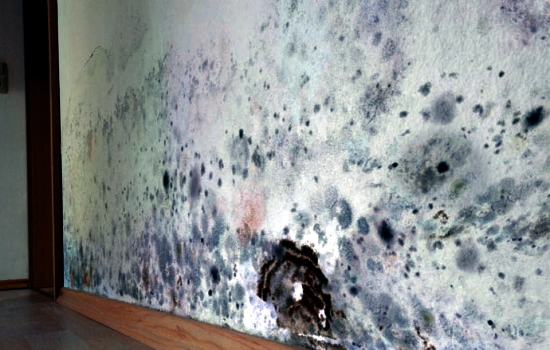Support on What to Do After Mold Remediation
Your Ultimate Guide to Message Mold Remediation Methods
Navigating the world of post-mold removal strategies is a precise procedure that requires focus to information and a comprehensive understanding of the ins and outs entailed. In the consequences of mold infestation, knowing just how to successfully eliminate the mold and mildew and prevent its reoccurrence is critical for preserving a healthy and balanced interior setting. From selecting the appropriate cleaning and decontaminating methods to carrying out approaches for long-term mold and mildew prevention, each action in the remediation trip plays a vital duty in ensuring a successful result. As we begin on this exploration of post-mold removal strategies, we will discover the vital strategies and ideal techniques that can assist you restore your area to its pre-mold problem and protect it versus future mold and mildew risks.
Comprehending Post-Mold Remediation Process
After finishing the mold and mildew remediation procedure, it is important to understand the post-mold removal techniques that are essential to ensure a detailed and efficient cleaning. When the mold and mildew has been gotten rid of, the following step entails cleansing and disinfecting the affected locations to avoid any kind of regrowth of mold. This includes using specialized cleaning representatives to wipe down surface areas and eliminate any kind of staying mold and mildew spores. It is vital to dry out the location entirely to inhibit the development of mold in the future (Post Mold remediation cleaning). Appropriate air flow and dehumidification can aid in this process.
In addition, conducting a final assessment post-remediation is crucial to guarantee that all mold has been successfully eliminated. If the assessment discloses any type of sticking around mold and mildew, additional remediation might be necessary.
Efficient Cleansing and Disinfecting Techniques

Preventing Future Mold And Mildew Growth

Importance of Proper Air Flow
Appropriate ventilation plays an important role in protecting against moisture buildup, a key element in mold growth within interior atmospheres. Reliable air flow systems aid remove excess humidity from the air, decreasing the opportunities of mold spores finding the wetness they require to spread and germinate. Without adequate ventilation, indoor areas can end up being a reproduction ground for mold, causing possible health risks and architectural damages.
By guaranteeing appropriate air blood circulation, ventilation systems can additionally help in drying moist locations quicker after water damages or flooding cases, additionally hindering mold growth. testing air quality after mold remediation. In rooms like shower rooms, kitchens, attic rooms, and basements where wetness degrees often tend to be higher, setting up and maintaining reliable ventilation systems is important in avoiding mold and mildew infestations

Tracking and Maintenance Tips
Offered the important function that appropriate air flow plays in preventing mold and mildew development, it is vital to develop effective surveillance and upkeep suggestions to guarantee the continued capability of air flow systems. Surveillance humidity levels within the home is also essential, as high humidity can add to mold growth. By remaining alert and aggressive to the condition of air flow systems, click for source residential or commercial property owners can successfully minimize the danger of mold regrowth and keep a healthy indoor setting.
Conclusion
To conclude, post-mold remediation techniques are crucial for guaranteeing a risk-free and clean atmosphere. Recognizing the procedure, executing reliable cleaning and decontaminating approaches, protecting against future mold and mildew growth, preserving appropriate air flow, and routine tracking are all critical action in the removal process. By adhering to these standards, you can efficiently remove mold and mildew and stop its return, functioning or advertising a healthy living area for all owners.
In the after-effects of mold problem, knowing just how to successfully eradicate the mold and avoid its reoccurrence is extremely important for preserving a healthy and balanced interior setting. When the mold and mildew has been gotten rid of, the next step involves cleansing and sanitizing the affected areas to prevent any regrowth of mold and mildew - After mold remediation. After eliminating visible mold and mildew development, it is important to clean all surface areas in the afflicted area to get rid of any kind of staying mold and mildew spores. To even more enhance mold prevention steps, it is vital to attend to underlying concerns that initially led to mold advancement.Provided the important duty that proper air flow plays in protecting against mold growth, it is important to establish reliable monitoring and maintenance ideas to make certain the ongoing functionality of air flow systems